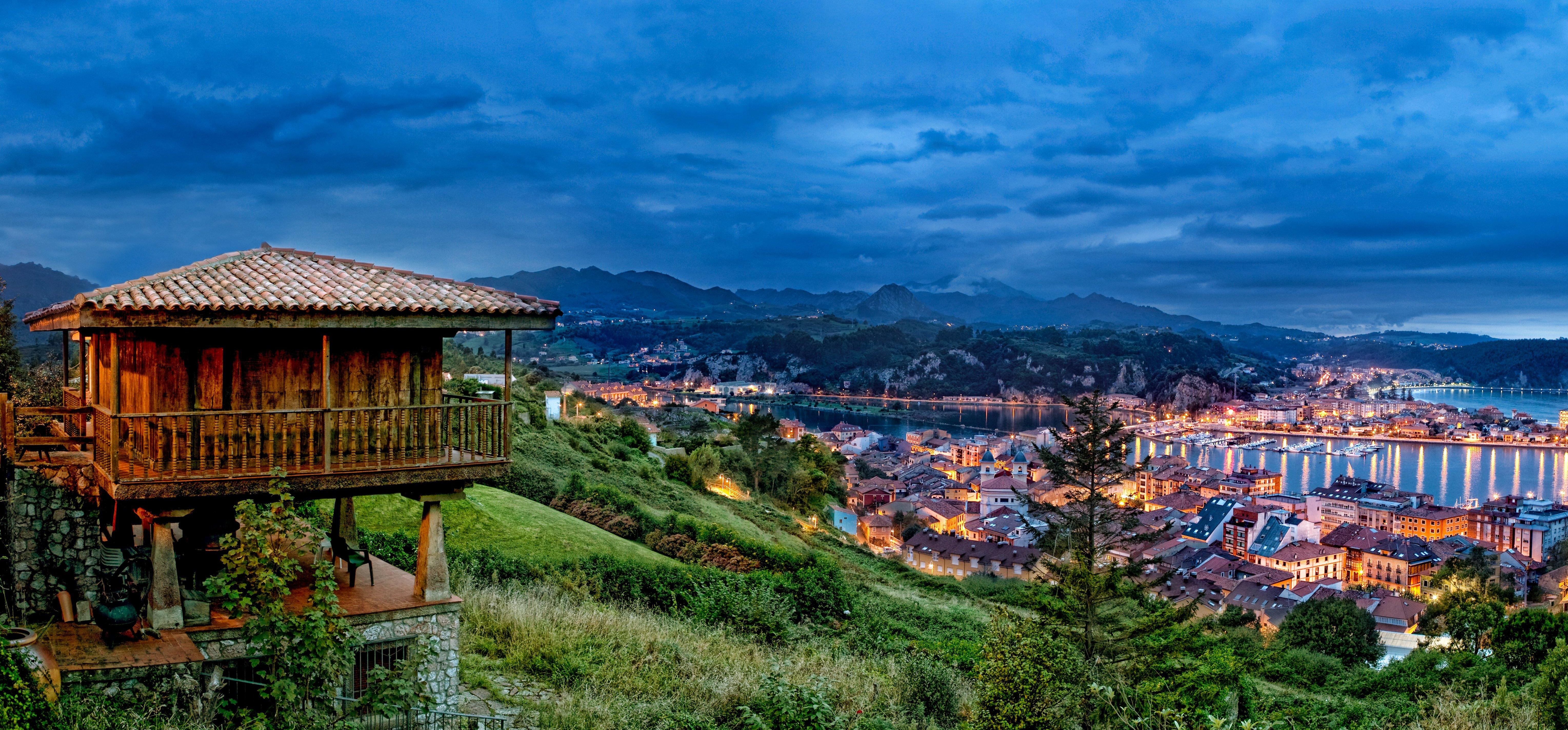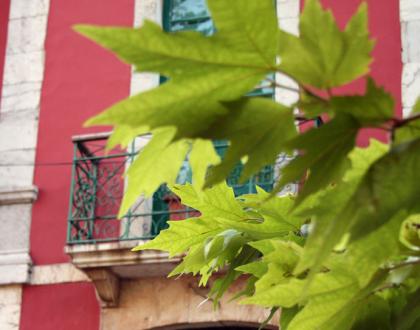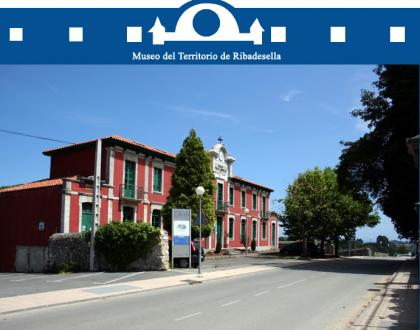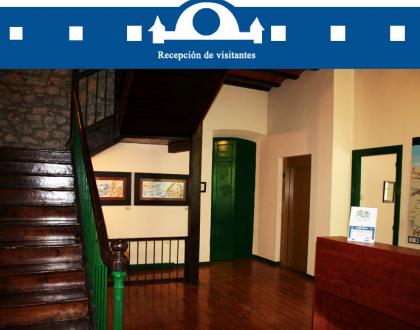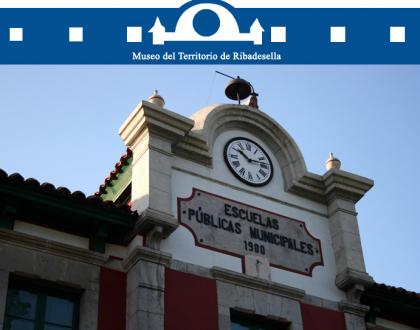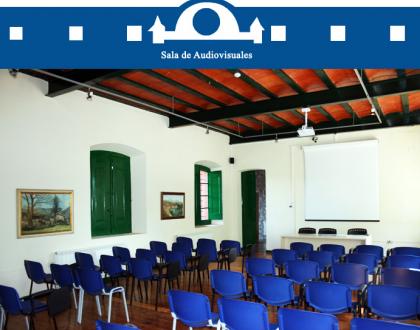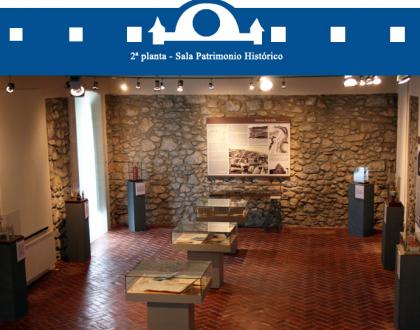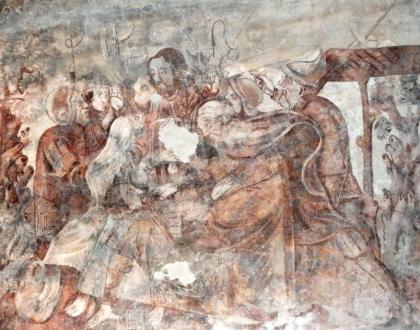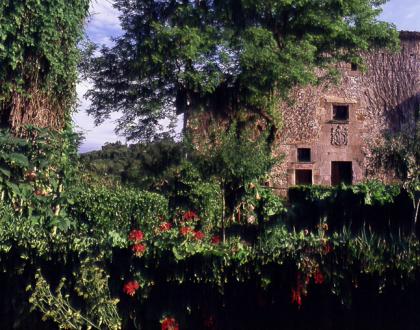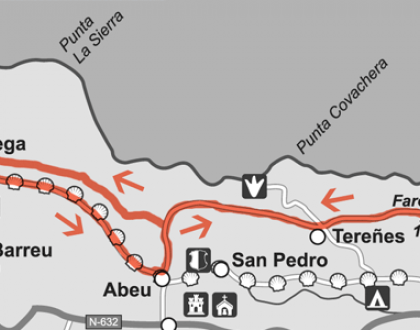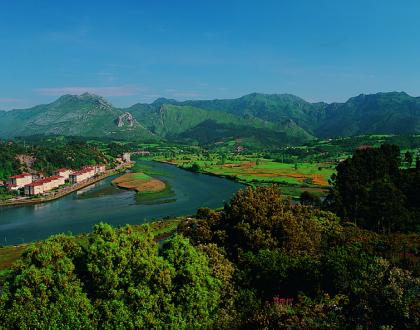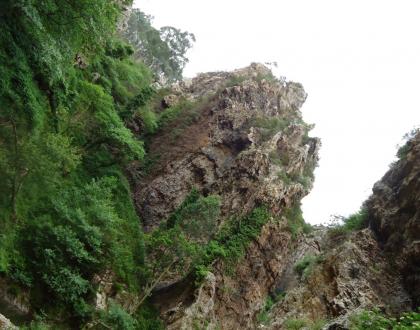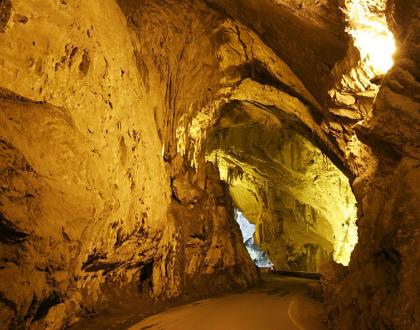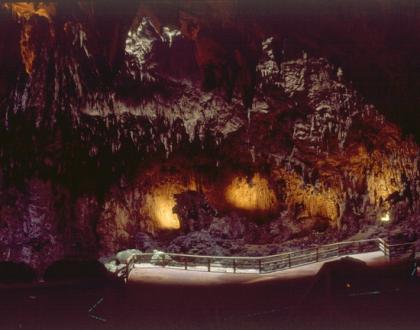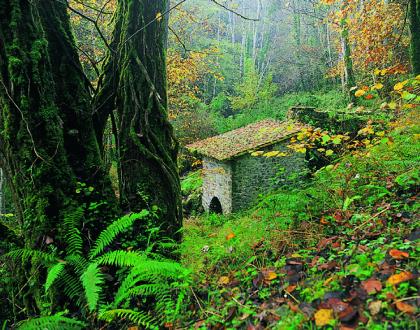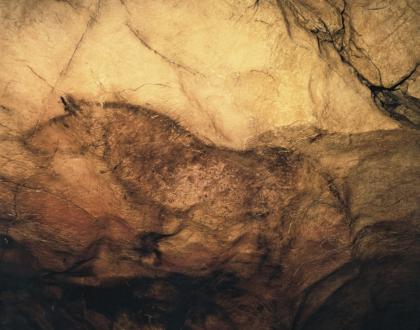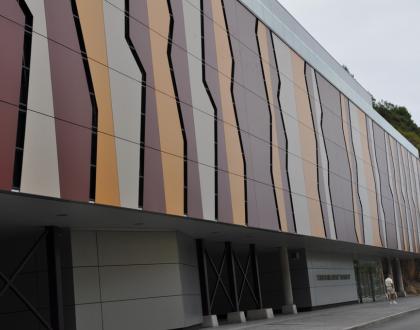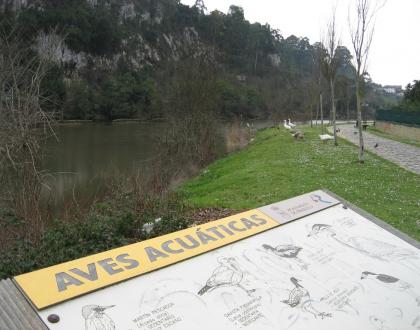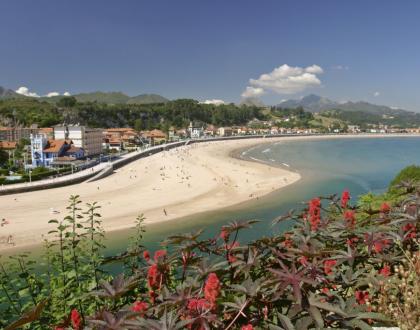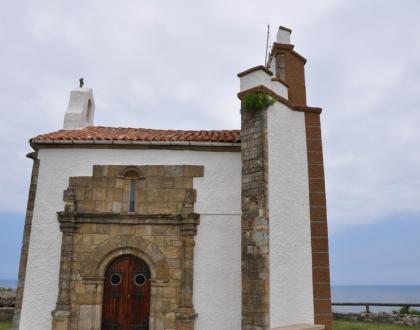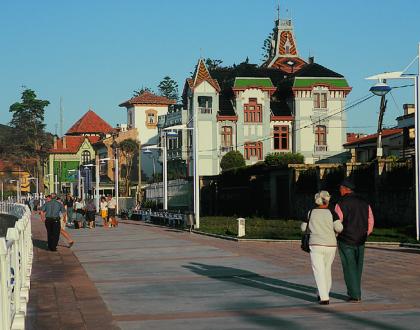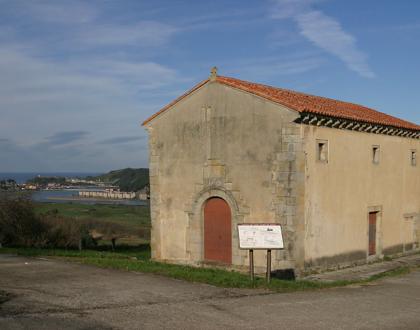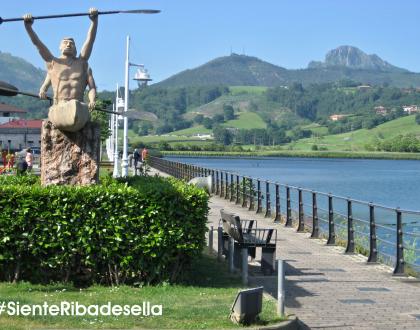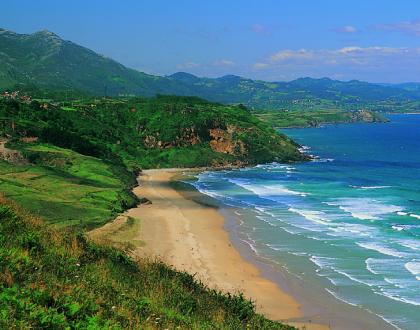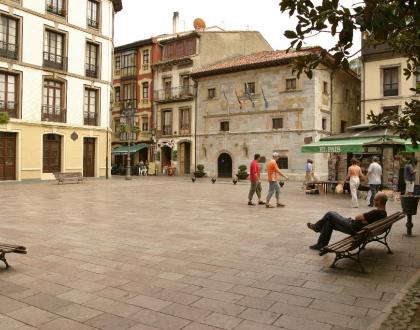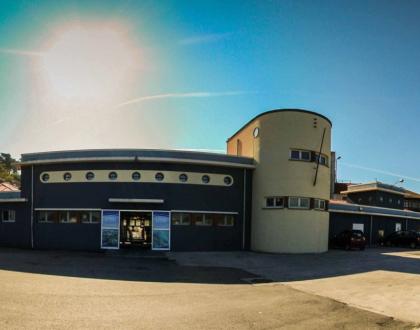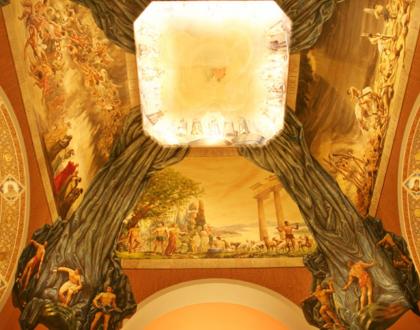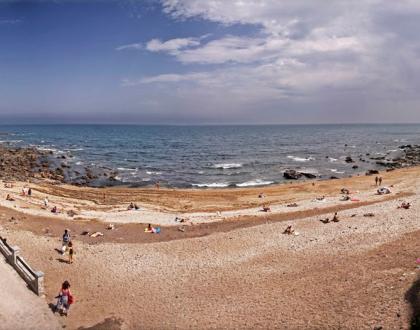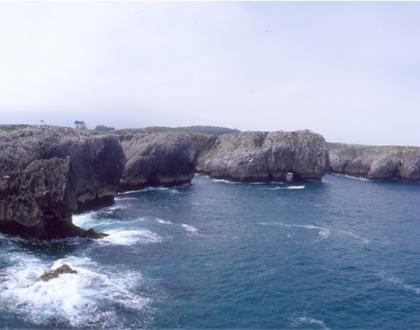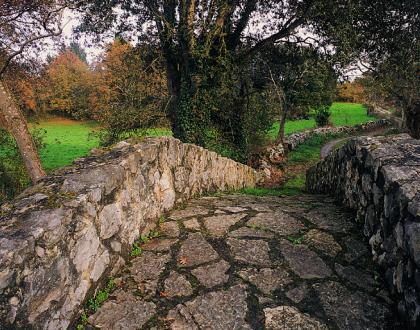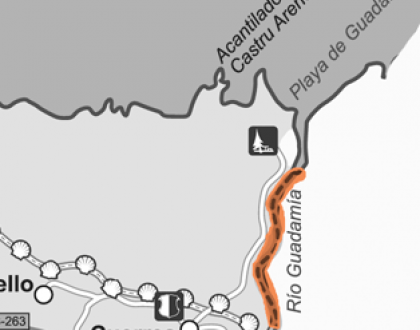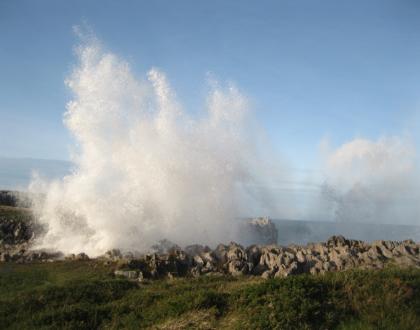Museum of the Territory

Description
Ribadesella´s Museum is located in a building from 1900. It was an old school of Indian origin. This means a kind of arquitectur that people who returned from South America create with their fortune. The building was built in order to point out the complexity and rich heritage from Ribadesella´s council to the public. The aim is to create and gradually develop a cultural center dedicated to collect all assets from Ribadesella´s territory, such as historical, artistic , natural, ethnographic and industrial resources.
The history and economy of the council has been marked by its seafaring and agricultural tradition, but also by mining. This human activity has been framed in an area of great geological diversity, whose evolution has left us very good samples of different geological periods.
Visiting the Museum should transmit two different feelings to the public. On one hand, as an heritage interpretation centre, were visitors expand their knowledge of the area they are. And on the other hand, as a main information center about the interest and curiosity from the collected live assets, making the vsitor interest the council to go Ribadesella.
Ordovician Fossils Exhibition
" On the south and west of the town, on the summits of the mountains and the Sueve´s range, appear Ordovician rocks, a geological discovery from 500 million years ago.
It is thanks to these Ordovician rocks which, after a few very recent studies have provided more data. Not only to the geological knowledge of the council, but from the Iberian Peninsula. The construction of the Cantabrian motorway tunnel between the towns of Torre and Berbes (opened in 2002 with the name of the Ordovician Fabar Tunnel), make a team of scientists from the CSIC and the Complutense University headed by Juan Carlos Gutiérrez -Marco discover new materials. The excavation was carried out between 2000 and 2002 through a vertical layer of Ordovician rocks, 700 feet thick, mainly of white quartzite , called Barrios Formation , and blackboards , called Sueve. They are consider rarer rocks but richer in fossils . "
Scientists found out valuable information about life on the planet 500 million years ago when the continents were still grouped in macro continent Pangea. Climate was very different and there was only life in seawater. The most important discovers were some new animal species, such as Tunelia riosellana, scientific theories were corrected and now it is known that Paleozoic era suffer of a "tsunami ", a tidal wave tsunami that killed millions of marine animals. Sedimentary iron was found, the oldest Western European oil and a major vein of kaolin.The findings of the Ordovician reservoir, most notably in terms of quantity and quality trilobites are exposed in El Carmen school -museum.
Ribadesella´s Museum is located in a building from 1900. It was an old school of Indian origin. This means a kind of arquitectur that people who returned from South America create with their fortune. The building was built in order to point out the complexity and rich heritage from Ribadesella´s council to the public. The aim is to create and gradually develop a cultural center dedicated to collect all assets from Ribadesella´s territory, such as historical, artistic , natural, ethnographic and industrial resources.
The history and economy of the council has been marked by its seafaring and agricultural tradition, but also by mining. This human activity has been framed in an area of great geological diversity, whose evolution has left us very good samples of different geological periods.
Visiting the Museum should transmit two different feelings to the public. On one hand, as an heritage interpretation centre, were visitors expand their knowledge of the area they are. And on the other hand, as a main information center about the interest and curiosity from the collected live assets, making the vsitor interest the council to go Ribadesella.
Ordovician Fossils Exhibition
" On the south and west of the town, on the summits of the mountains and the Sueve´s range, appear Ordovician rocks, a geological discovery from 500 million years ago.
It is thanks to these Ordovician rocks which, after a few very recent studies have provided more data. Not only to the geological knowledge of the council, but from the Iberian Peninsula. The construction of the Cantabrian motorway tunnel between the towns of Torre and Berbes (opened in 2002 with the name of the Ordovician Fabar Tunnel), make a team of scientists from the CSIC and the Complutense University headed by Juan Carlos Gutiérrez -Marco discover new materials. The excavation was carried out between 2000 and 2002 through a vertical layer of Ordovician rocks, 700 feet thick, mainly of white quartzite , called Barrios Formation , and blackboards , called Sueve. They are consider rarer rocks but richer in fossils . "
Scientists found out valuable information about life on the planet 500 million years ago when the continents were still grouped in macro continent Pangea. Climate was very different and there was only life in seawater. The most important discovers were some new animal species, such as Tunelia riosellana, scientific theories were corrected and now it is known that Paleozoic era suffer of a "tsunami ", a tidal wave tsunami that killed millions of marine animals. Sedimentary iron was found, the oldest Western European oil and a major vein of kaolin.The findings of the Ordovician reservoir, most notably in terms of quantity and quality trilobites are exposed in El Carmen school -museum.

Contact


